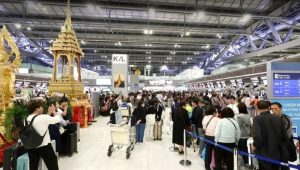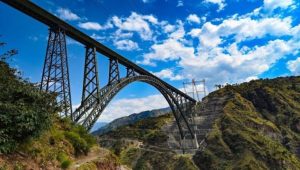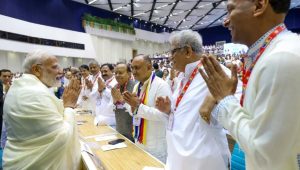On June 20, at 4:51 p.m., the summer solstice arrived at its earliest time since 1796. Boston had 97 degrees, narrowly missing the 1953 high of 98 degrees, which was recorded on June 20th, and this year’s solstice ended a brief heatwave in New England.
According to astronomy, summer officially starts on June 1st, and the summer solstice marks the longest day and shortest night in the Northern Hemisphere.
The Latin words “sol,” meaning “sun,” and “sistere,” meaning “to stand still,” give rise to the English word “solstice,” which describes the period when the sun seems to pause as it moves slowly from its farthest point north to its slowest position south. Boston experienced its longest day of the year with 15 hours, 17 minutes, and 12 seconds of daylight.
Due to minor calendar alterations brought about by 2024’s status as a leap year, this early solstice has been observed. Since 365.24 days make up a year, leap years ensure that our calendar remains in harmony with the Earth’s orbit.
Despite the bright sunshine, mid-July is usually when it gets the warmest because of “seasonal lag,” the phenomenon wherein ocean temperatures rise more slowly than land temperatures. On September 22, we will see the autumnal equinox, which signifies the end of astronomical summer.















